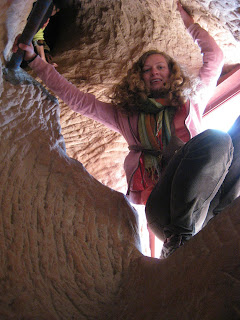I have been planning this blog post in my head ever since I arrived in China and started thinking about the Chinese education system, but I wanted it to be perfect which is what has taken so long. There is so much I want to say about how education works here and how it works at home, and how the two systems are both kind of broken and could both learn a lot from each other. I just want to say, as a disclaimer, these are all my own opinions, based on my experience here and conversations I've had with Chinese and foreign teachers, and not necessarily the experience of every Chinese student and teacher.
The first thing you need to understand about the Chinese education system is that it is test based. Students must pass exams to enter each level of school, and their scores on these exams can determine their future. Unlike in the US, Chinese students are accepted to university (and middle school, and high school) based entirely on their test scores. There is no interview, no essay, no consideration of extracurriculars or part-time jobs. Time spent on sports teams or art or dance is considered a waste of time by many, unlike in the US where extracurricular activities are coveted collector items. Exams determine which students go to the best middle schools and high schools and universities, and much like in the US, students from the best universities have the best job opportunities later. And when you are one of 1.3 billion people, every advantage you can get to stand out is desperately sought after. The result of this system is a lot of stress on students, even very young students like my first and second graders.
There are other things at play here. The exam system is only the most obvious manifestation of a system that values memorization and correct answers over creativity and individuality. Chinese students are expected to be quiet and well-behaved. They don't like to volunteer answers in class if they might be wrong. They are not taught to ask why and they are not asked open-ended questions with multiple right answers.
In one of the many conversations about education I've had with my friend and co-teacher, Ada, she lamented the lack of creativity in Chinese students. She said that everyone from teachers to government officials wants Chinese students to be more creative, but that none of them know how to teach creativity and innovation. While in the US teachers and parents and news organizations lament the US's low test scores, Chinese teachers wonder how they can make their classroom more creative and open-minded. While the US cuts funding for art, music and drama programs, teachers and officials in China worry that their students don't know how to be innovative. They know that China is good at producing things, but they worry that all of the ideas are still coming from the US and Europe. It's a classic case of the grass is always greener. We want China's super high test scores in math and science. They want our creativity.
 |
| Some of my second graders performing "The Three Little Pigs" |
What can I teach my 1000+ students? How can I encourage them to speak English, to make mistakes and learn from them, when they are used to being quiet and correct? How can I teach them that they are all unique, creative, wonderful individuals? How can I impress on them that they have so much more to learn from studying English than whatever they need to pass their exams? The real answer, I guess, is mei ban fa, there's nothing I can do. My students will have all of the stress of multiple rounds of exams and schooling. Some of them will continue to study English, more will not. I know that as long as my students have teachers who think and talk about different ways of teaching and learning, like Ada and the other teachers at my school, they will succeed in the education system. All I can really hope that my students learn from me is to laugh and enjoy learning and to love people who are very different from them. I know that I've at least succeeded in the last one. My students, like children everywhere, are very ready to love.




















